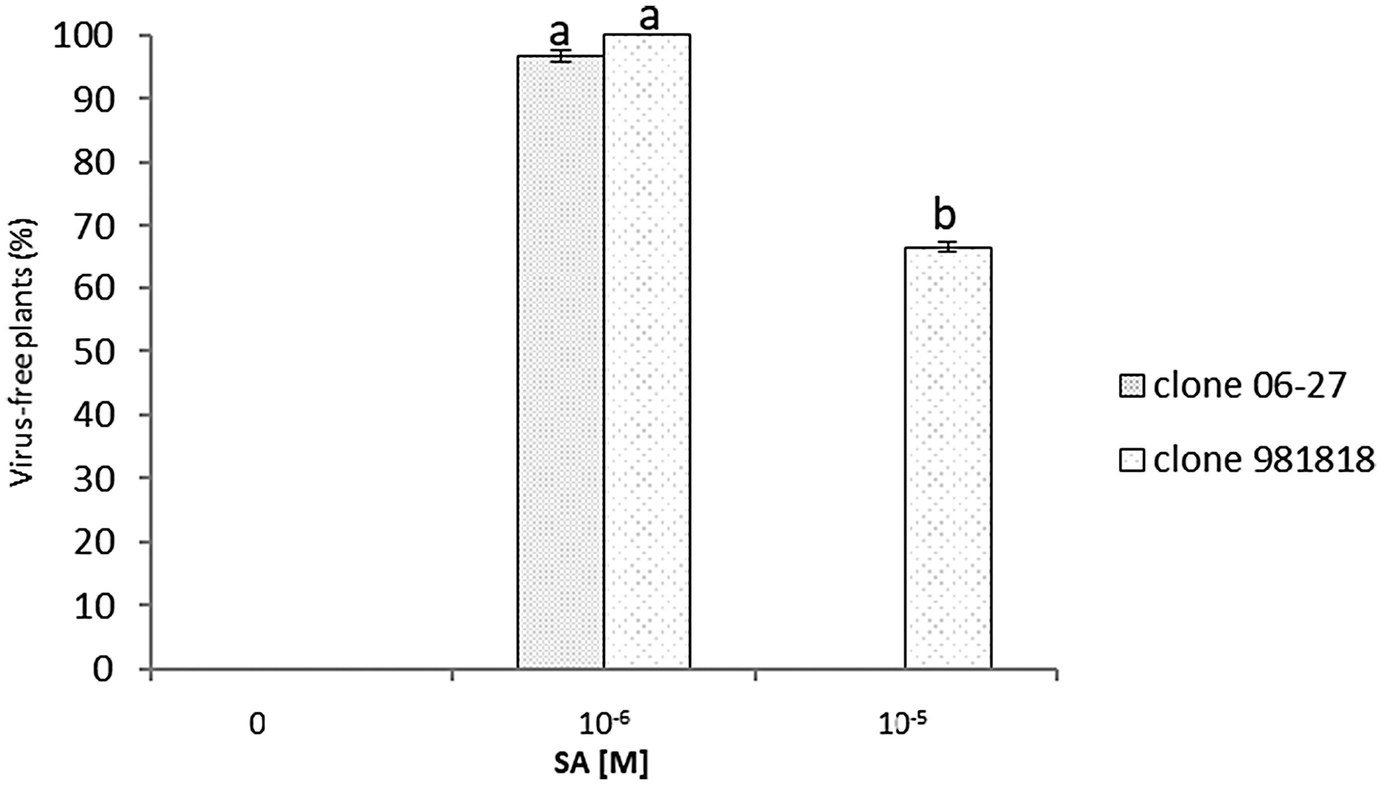

They harvest the energy of sunlight by converting light energy to chemical energy, which they store in bonds formed when they synthesize carbohydrates from carbon dioxide and water. €¢ As Earth’s primary producers, green plants are the ultimate solar collectors. We can summarize the major design elements of plants as follows: Yet regardless of their specific adaptations, all plants carry out fundamentally similar processes and are based on the same architectural plan. At first glance, the tiny plant duckweed (Lemna) seems to have little in common with a giant saguaro cactus or a redwood tree. Plant morphology, or shape, is also surprisingly diverse. Plants range in size from less than 1 cm tall to greater than 100 m. The spectacular diversity of plant size and form is familiar to everyone. In subsequent chapters we will treat these structures in greater detail from the perspective of their physiological functions in the plant life cycle. This chapter provides an overview of the basic anatomy of plants, from the organ level down to the ultrastructure of cellular organelles. At every level, structure and function represent different frames of reference of a biological unity. This book will emphasize the physiological and biochemical functions of plants, but it is important to recognize that these functions depend on structures, whether the process is gas exchange in the leaf, water conduction in the xylem, photosynthesis in the chloroplast, or ion transport across the plasma membrane. The “cells†Hooke observed were actually the empty lumens of dead cells surrounded by cell walls, but the term is an apt one because cells are the basic building blocks that define plant structure.

It was first used in biology in 1665 by the English botanist Robert Hooke to describe the individual units of the honeycomb-like structure he observed in cork under a compound microscope. THE TERM CELL IS DERIVED from the Latin cella, meaning storeroom or chamber.


 0 kommentar(er)
0 kommentar(er)
